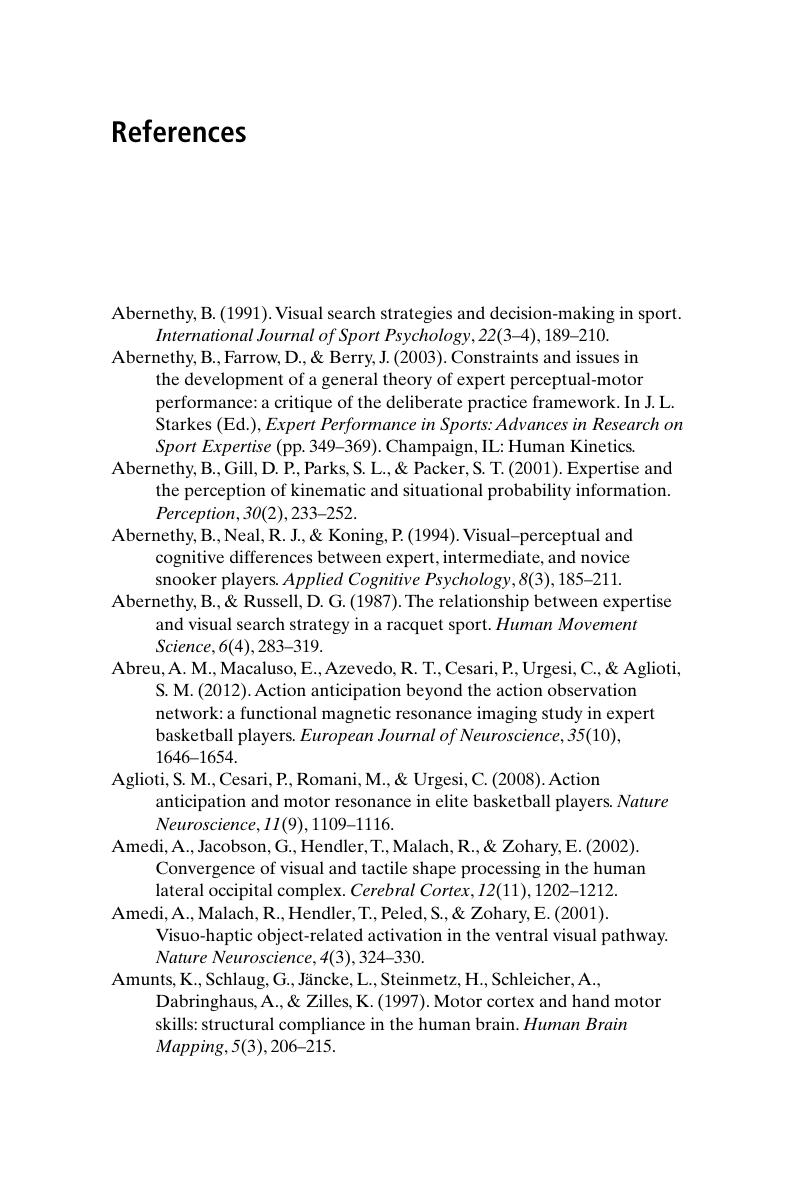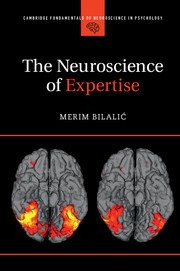Book contents
- The Neuroscience of Expertise
- Cambridge Fundamentals of Neuroscience in Psychology
- The Neuroscience of Expertise
- Copyright page
- Dedication
- Contents
- Preface
- Abbreviations
- Chapter One Introduction to Research on Expertise
- Chapter Two Perceptual Expertise
- Chapter Three Cognitive Expertise
- Chapter Four Motor Expertise
- Chapter Five The Road to Expertise
- Key Terms
- References
- Index
- Plate Section
- References
References
Published online by Cambridge University Press: 13 July 2017
- The Neuroscience of Expertise
- Cambridge Fundamentals of Neuroscience in Psychology
- The Neuroscience of Expertise
- Copyright page
- Dedication
- Contents
- Preface
- Abbreviations
- Chapter One Introduction to Research on Expertise
- Chapter Two Perceptual Expertise
- Chapter Three Cognitive Expertise
- Chapter Four Motor Expertise
- Chapter Five The Road to Expertise
- Key Terms
- References
- Index
- Plate Section
- References
Summary

Information
- Type
- Chapter
- Information
- The Neuroscience of Expertise , pp. 264 - 288Publisher: Cambridge University PressPrint publication year: 2017
